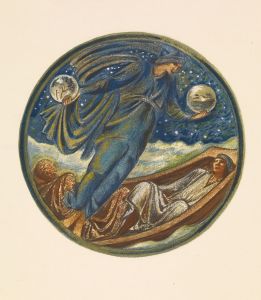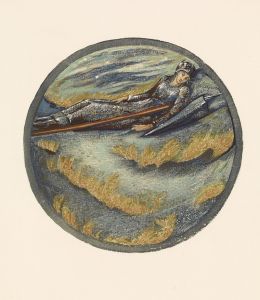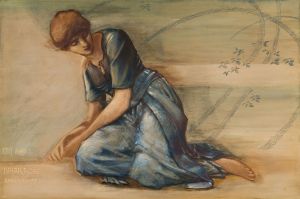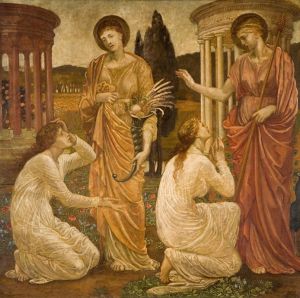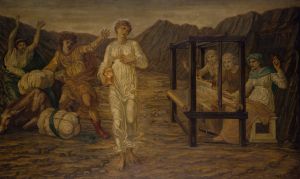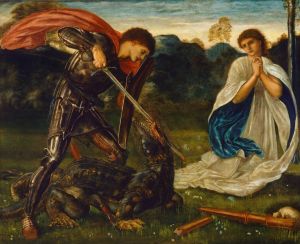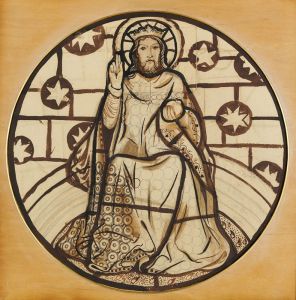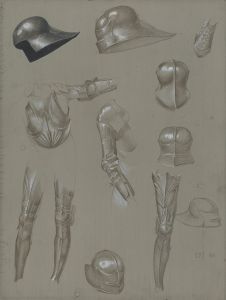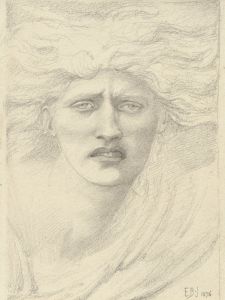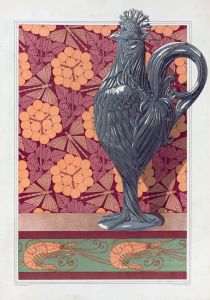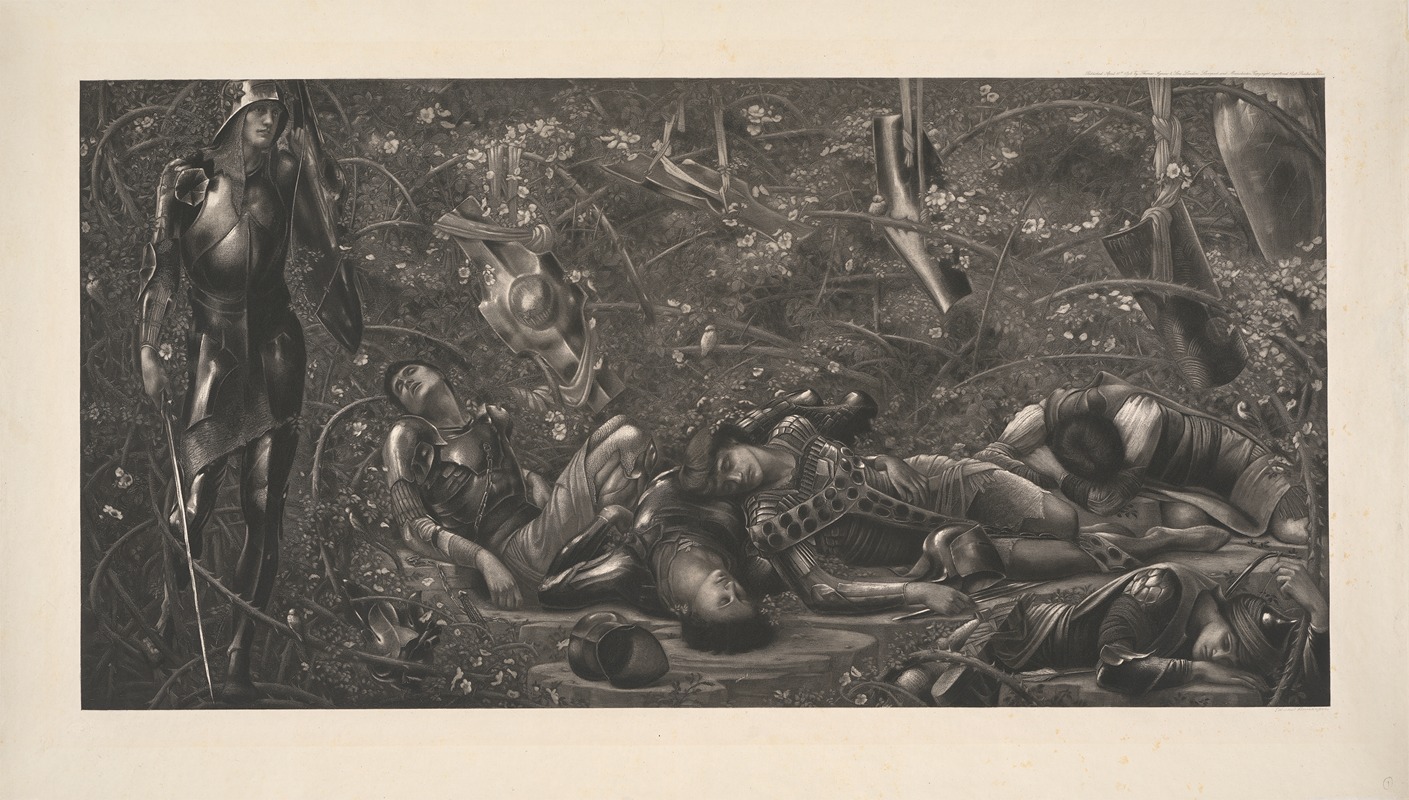
The Briar Wood
A hand-painted replica of Sir Edward Coley Burne-Jones’s masterpiece The Briar Wood, meticulously crafted by professional artists to capture the true essence of the original. Each piece is created with museum-quality canvas and rare mineral pigments, carefully painted by experienced artists with delicate brushstrokes and rich, layered colors to perfectly recreate the texture of the original artwork. Unlike machine-printed reproductions, this hand-painted version brings the painting to life, infused with the artist’s emotions and skill in every stroke. Whether for personal collection or home decoration, it instantly elevates the artistic atmosphere of any space.
The Briar Wood is a painting by Sir Edward Coley Burne-Jones, a prominent British artist associated with the Pre-Raphaelite Brotherhood and the later Arts and Crafts Movement. This artwork is part of a series of four paintings collectively known as The Legend of the Briar Rose, which were inspired by the tale of "Sleeping Beauty." The series was completed between 1885 and 1890 and is considered one of Burne-Jones's most celebrated achievements.
The series depicts scenes from the classic fairy tale, focusing on the moment when the princess and her court are placed under an enchanted sleep. The Briar Wood specifically portrays the aftermath of the curse, showing a group of knights who have stumbled upon the overgrown forest surrounding the castle. The figures are depicted as frozen in time, ensnared by the thorny briars that symbolize the magical spell. The painting is notable for its intricate detail, harmonious composition, and the dreamlike quality that characterizes much of Burne-Jones's work.
Burne-Jones's approach to The Briar Wood reflects his fascination with medieval themes and his meticulous attention to detail. The artist was deeply influenced by the decorative arts, and this is evident in the elaborate patterns and textures found in the painting. The knights' armor, the twisting briars, and the lush foliage are rendered with precision, creating a rich and immersive visual experience.
The series was commissioned by Alexander Henderson, later Lord Faringdon, and was originally installed at Buscot Park, a country house in Oxfordshire, England, where it remains to this day. The paintings are displayed in a specially designed room, allowing viewers to experience the narrative as a continuous cycle. Each panel in the series is accompanied by a verse written by Burne-Jones's close friend and collaborator, William Morris, further emphasizing the connection between visual art and literature.
Burne-Jones's work on The Briar Wood and the other panels of The Legend of the Briar Rose exemplifies his commitment to storytelling through art. The series combines elements of mythology, romance, and symbolism, showcasing the artist's ability to evoke emotion and atmosphere. It also reflects the broader Pre-Raphaelite interest in reviving the artistic ideals of the medieval period, emphasizing beauty, craftsmanship, and a sense of wonder.
Today, The Briar Wood and its companion pieces are regarded as masterpieces of 19th-century British art. They continue to be admired for their technical excellence, imaginative vision, and the way they encapsulate the ideals of the Pre-Raphaelite and Arts and Crafts movements.






